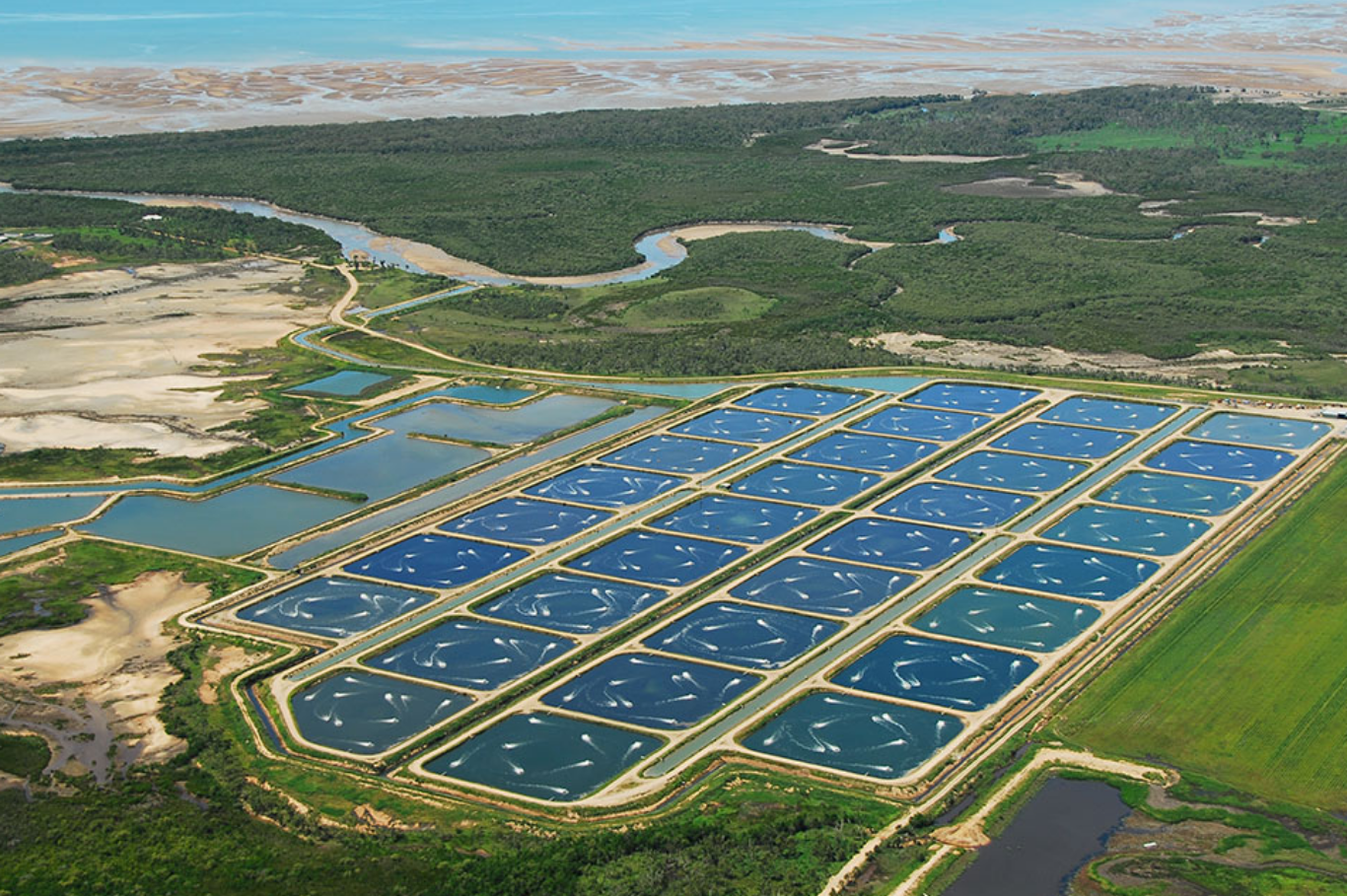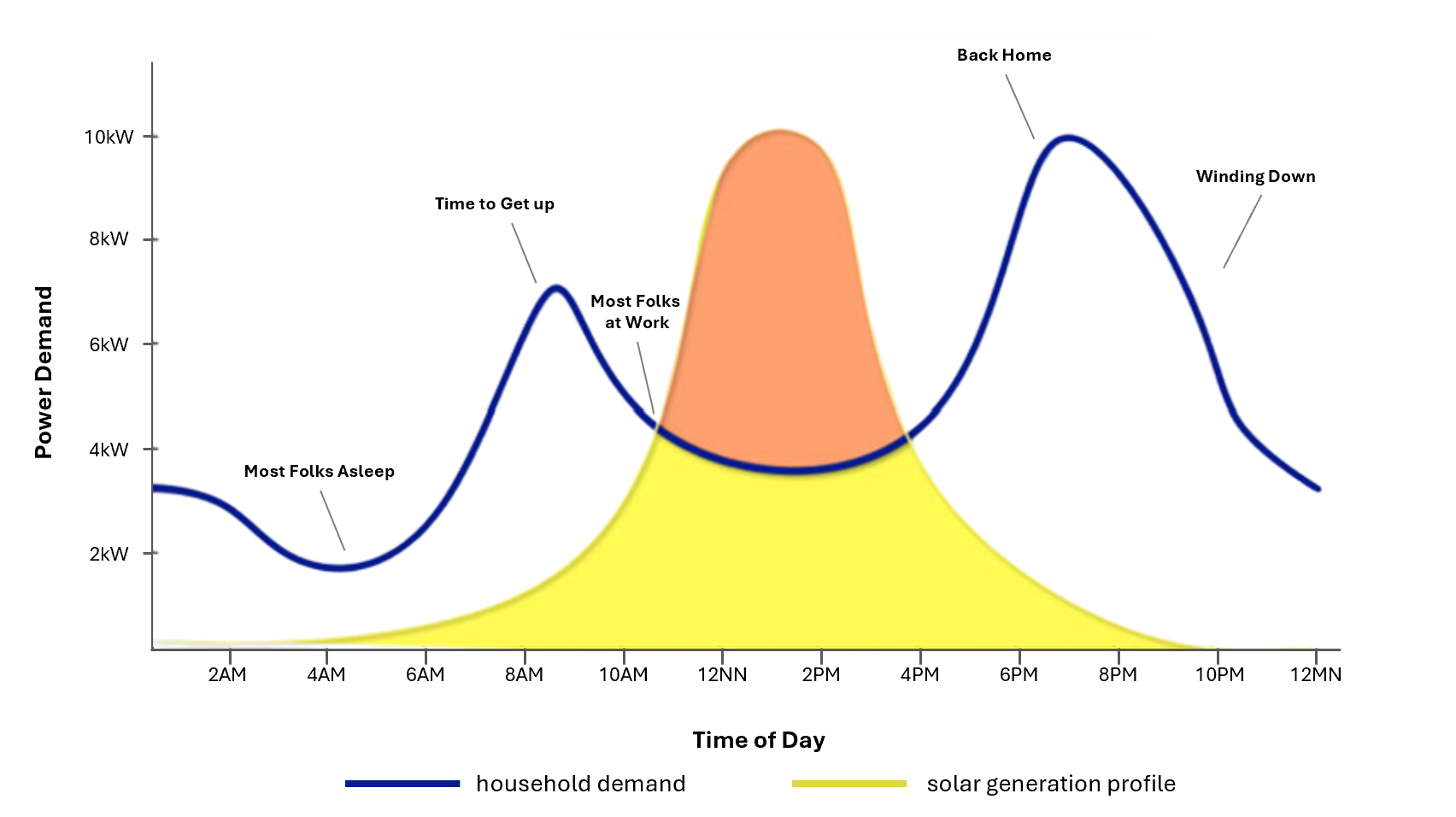The Protein-Climate Paradox
The maths of feeding 10 billion people is unforgiving. For the first time in human history, aquaculture supplies over half of the world's seafood. The sector produced 94.4 million tonnes of the 185 million tonnes harvested in 2022 1. By 2032, global production must increase another 10% to meet rising demand 2.
Aquaculture is needed to shoulder the burden of meeting future protein demand. The efficiency case for aquaculture is clear:
- Farmed fish require just 1.1 kg of feed per kilogram of growth, compared to 1.7 kg for chicken and 6.6 kg for beef 3.
- Aquaculture systems can produce a kilogram of protein using 1.5-2 cubic metres of freshwater compared to 15 cubic metres for beef 4.
- Farmed salmon produces 2.5-4 kg CO₂e per kilogram vs. 30 kg for beef 5.
.png)
But unchecked warming could slash aquaculture growth to just 8% by 2050 6, and in worst-case scenarios, 25% of aquaculture-producing nations could lose 40-90% of their farming capacity by mid-century due to warming waters and feed supply shocks.
Building more fish farms won't solve this. We need smarter ones.
The Challenging Fundamentals of Traditional Aquaculture
Traditional aquaculture is a constant battle against chance for unit economics. Take the shrimp industry, where even in recent years disease outbreaks have destroyed 40% of global production 7. In fact, between 2009-2018 diseases have caused $4 billion in annual losses in shrimp production alone 8. There are similarly sobering case studies in the salmon industry, where farmers responded with rampant antibiotics use.
One fundamental problem is data blindness.
- Traditional pond systems have <70% survival rates 9 and >40% crop failure rates 10, and farmers lack real-time visibility into what's happening beneath the surface.
- Feed conversion ratios often reach 2.0-2.5 despite fish being biologically capable of a more efficient 1.2-1.5 11. This gap represents pure waste.
- A 20% improvement in feed conversion ratios translates directly to 15-18% lower greenhouse gas emissions per kilogram of protein 12.
Without data visibility, the industry would continue to suffer poor unit economics and environmental impact. Continuing like this would be guesswork on an industrial scale.
Going AI-Native for Sustainable Protein
Advances in artificial intelligence and autonomous systems could tip the scales in our battle for sustainable protein, both environmentally and financially:
- Deep learning algorithms classify disease lesions with 98.9% accuracy, identifying problems days before they become visible to human operators 13.
- AI-driven feeding models have reduced feeding errors to just 3.7%, compared to the typical 10%+ variance from manual feeding 14.
The natural evolution becomes biological digital twins, akin to ones used in infrastructure. Virtual replicas of entire farm ecosystems simulating different scenarios before implementing changes on real stock. Modelling complex biological interdependencies with confidence intervals, predicting growth trajectories and optimising feeding strategies. Other sophisticated setups enable closed-loop circular production.
The performance improvements are significant. Leading implementations demonstrate tenfold productivity improvements, near-zero disease occurrence, and near-complete operational autonomy 15.
Taking the guesswork out of aquaculture could be the most impactful application of AI for sustainable protein.
Precision Aquaculture
For environmental impact to be sustainable, the economics have to stack up. And precision aquaculture is already improving unit economics:
- Vietnamese shrimp operations using IoT remote control systems have achieved annual savings of $8000 per pond with equipment investments of just $300, delivering returns exceeding 25x within the first year 16.
- Norwegian salmon operations using camera-based monitoring reduce medicinal treatments by 30-50%, saving costs while improving welfare outcomes 17.
Giants like Cargill and Skretting have bought AI startups to enhance their offerings 18, with other majors looking to do the same. We’re seeing adoption curves in aquaculture reflect those from precision agriculture a decade ago.
The convergence is clear. Rising demand for protein, climate pressure, and robust AI have created nourishing conditions for precision aquaculture. The question will be who captures the value as innovations scale globally.
If you’re building in this space, we’d love to hear from you.




